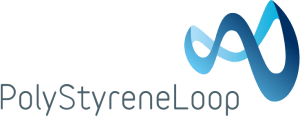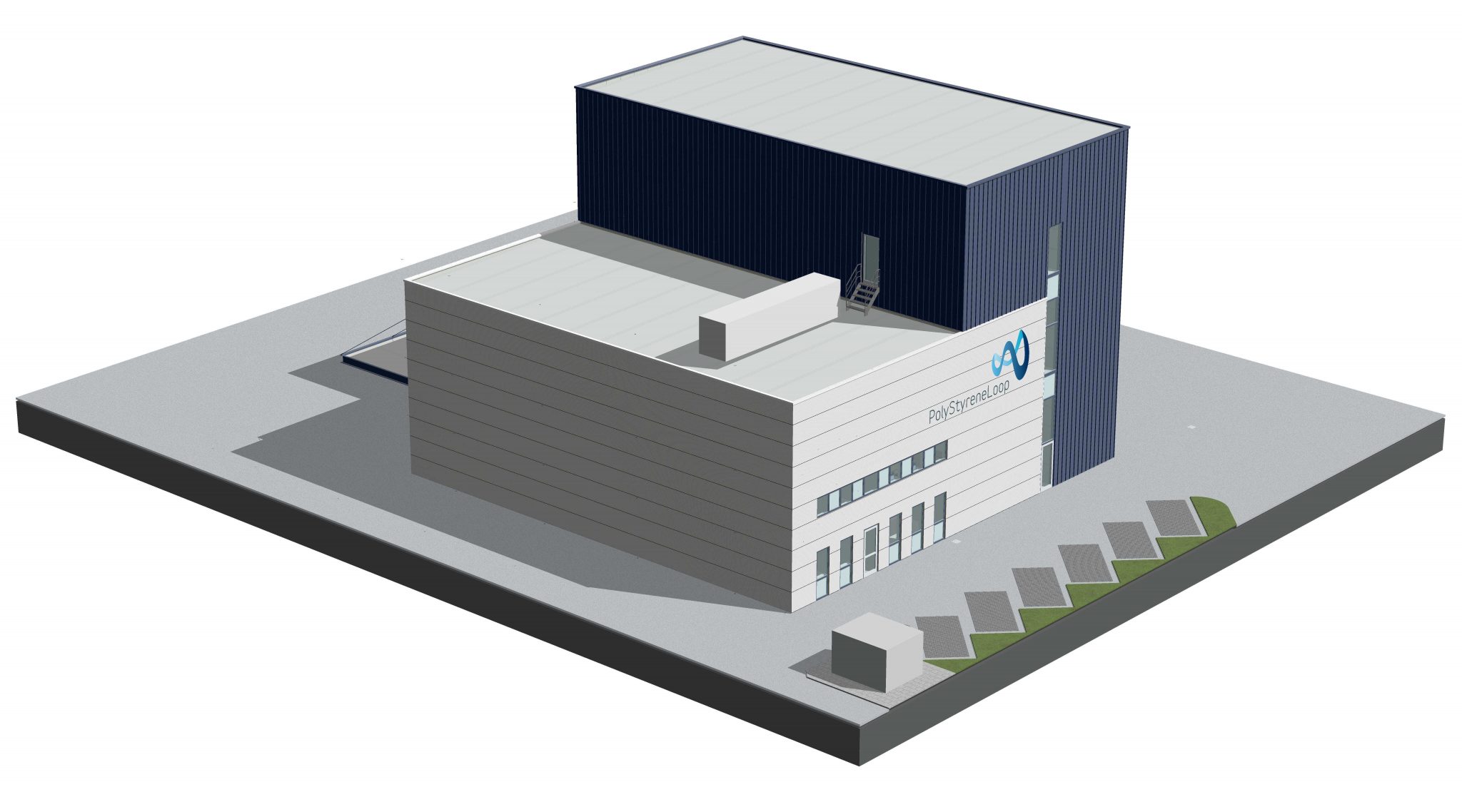A new recycling plant in the Netherlands will recycle expanded polystyrene (EPS) demolition waste and a legacy additive previously thought impossible to recycle. EPS is a lightweight foam composed of 98% air and 2% technology with outstanding protective and thermal insulation properties. It is widely used as an insulation material in buildings as well as in packaging to protect all type of goods. Until now it has been considered difficult to recycle because of impurities such as cement or other construction residues. The EPS itself is 100% recyclable.
The PolyStyrene Loop facility will recycle EPS insulation using a physical recycling process based on the CreaSolv® Technology. This technology will turn EPS foam demolition waste from old building insulation into new high quality raw material. All kinds of impurities, such as cement or other construction residues, as well as the legacy flame retardant HBCD, will be safely removed and the valuable bromine it contains recovered.
Polystyrene foams have long been used as building insulation and packaging material. They are known for their outstanding insulation and shock absorbing abilities. They are well tried and tested for use in various applications. Used PS foams remain a valuable material source for new raw material and for a variety of products. In the packaging sector, there are already many successful recycling systems in place throughout Europe.
PS foams used for insulation boards contain HBCD, a flame retardant that has been used since the 1960s. HBCD has been the best solution to ensure safety in case of fire and to meet national fire regulations for many years. However, HBCD is now considered a restricted substance. It can therefore no longer be reused. Millions of tonnes of PS foam waste in Europe can no longer be regularly recycled.







